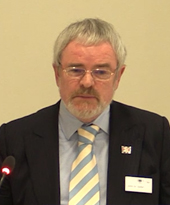Investigating and Prosecuting Wildlife Crime
Spotting the criminal
It is only relatively recently that the seriousness of wildlife trafficking has been recognised. The following may assist in identifying whether a criminal investigation and prosecution may be the appropriate response:
- The motivation is purely profit and not mere avoidance of wildlife legislation or regulatory provisions
- It exceeds what might be the anticipated behaviour of unscrupulous traders or dealers
- It goes beyond special-interest groups or desire for personal ownership
- It is not an inadvertent or innocent violation
- Those involved have previous convictions for other crimes
- Mens Rea can be demonstrated
- Indicators of organized crime involvement are present
It will often be when an incident first comes to notice, for example at a national border, when the determination must be made regarding the nature of an appropriate response. Factors such as these may assist in the decision-making:
- Is deliberate or sophisticated avoidance of border or other controls present?
- Is the cargo or traveller routing suspicious?
- What is the shipper/traveller’s history?
- Does the cargo/traveller match existing profiles?
- Has there been concealment or fraudulent use of documents?
- What is the travel profile? Does it match the individual’s claim to be a tourist, student, etc. or is he/she a courier?
- Are the goods in illicit demand?
- Does potential profit outweigh claims of innocence?
- Is any explanation given reasonable?
- Is corruption present – at any stage?

